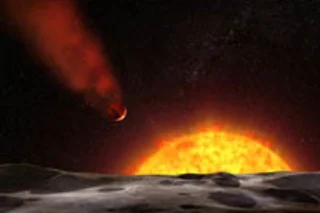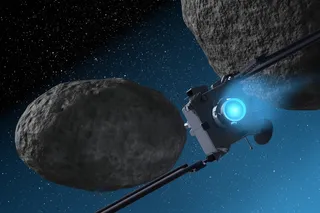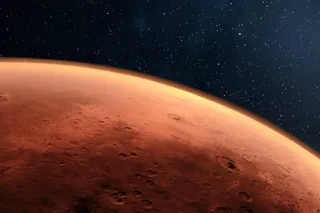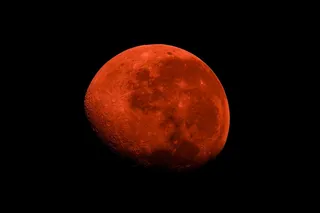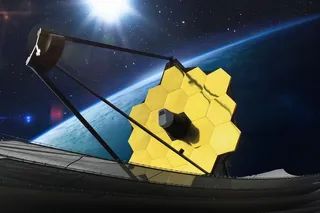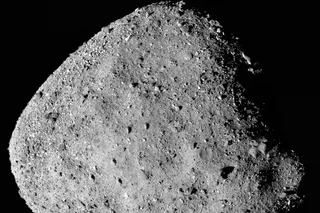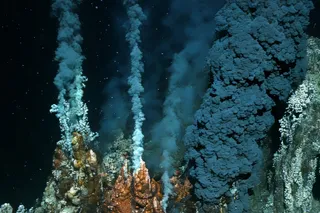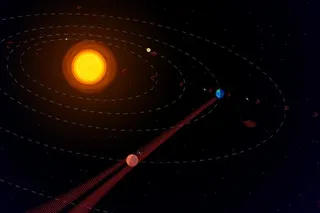We know about exoplanet HD 209458b, nicknamed "Osiris." We know it's 153 light years away, that it has water in its atmosphere, and that it orbits its star in three and a half days at a distance 100 times closer than Jupiter is to the sun. But we didn't know this for sure until now: This planet has a tail.
In a study in The Astrophysical Journal, a research team says Osiris, a gas giant, orbits so close that its star is blasting away its atmosphere. As the planet progresses on its blazing hot and hasty revolutions, a tail like that of a comet follows behind it. The Hubble Space Telescope's Cosmic Origins Spectrograph caught the effect as Osiris made repeated transits in front of its star.
The instrument detected the heavy elements carbon and silicon in the planet’s super-hot 2,000 degrees F (1,100 C or so) atmosphere. This detection ...


